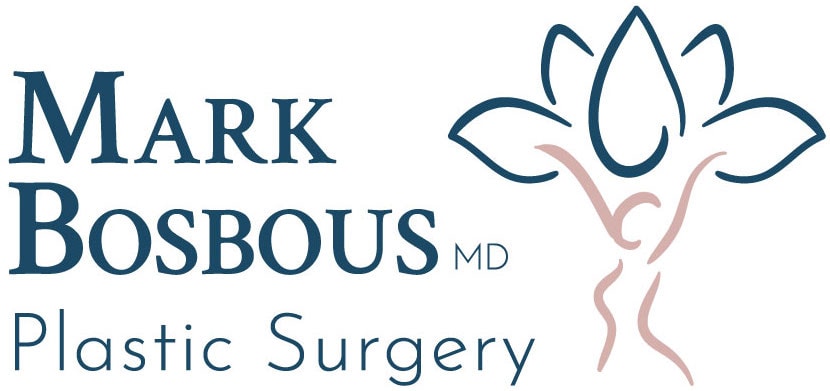Many people aren’t aware that there’s more than one type of facelift, and figuring out which one is right for you really depends on the results you want to achieve.
While some people want subtle tightening — just enough to freshen up their face — others are ready for a bigger change. They’re looking to address deeper lines, sagging skin, and a tired look that no amount of over-the-counter skincare can fix.
That’s where the mini facelift and the full facelift come in. Both aim to create a more youthful appearance, but they’re designed for very different needs.
At our Milwaukee clinic, Dr. Mark Bosbous helps patients figure out which one makes the most sense for their goals. Here’s what you should know.
What’s a mini facelift?
A mini facelift, sometimes called a “weekend facelift,” is the lighter version of the procedure. It focuses on the lower face — issues like mild jowls, early sagging around the jawline, or a little extra looseness in the neck.
During this procedure, a surgeon will perform shorter incisions, usually around the ears, and focus on less muscle tightening than a traditional facelift. Because it’s less invasive, recovery is typically faster, with many people back to their regular routines in about a week.
Good candidates for a mini facelift are younger patients or anyone with mild to moderate aging who just wants a subtle refresh rather than a dramatic result.
What’s a full facelift?
A full facelift, the one you’re probably more familiar with, goes much further. It addresses the mid-face, jawline, and neck in one procedure, with surgeons using longer incisions often running from the hairline down around the ears and sometimes under the chin.
This allows your surgeon to lift and tighten not just the skin, but also the deeper muscles of the face. The result is a smoother, more youthful appearance that tackles deeper lines, crow’s feet, sagging cheeks, and laxity in the neck.
It’s a better fit for people with moderate to advanced aging who want longer-lasting, more noticeable results.
How are they different?
First, it’s worth noting that while longevity depends on many factors, full facelifts are known to hold up a bit longer, often by an extra two to three years compared to a mini facelift.
Aside from results, recovery is often one of the biggest factors patients consider when deciding between the two.
With a mini facelift, you can expect some swelling and bruising in the first few days, but it’s usually mild. Most patients feel comfortable enough to get back to work or social activities within about a week, which is why it’s often nicknamed the “weekend facelift.”
Discomfort is typically minimal, and over-the-counter pain relief is often enough to manage it.
A full facelift, on the other hand, requires more downtime. For the first week, you’ll likely want to take it easy and limit activity. Swelling and bruising are more noticeable, and it takes about two to three weeks before you start feeling like yourself again.
By the one-month mark, most patients are healed enough that swelling has gone down significantly, and the results start looking more natural. While you’ll look “presentable” sooner, it can take a few months for your final results to fully settle in.
Which one is right for you?
It depends on your age, your goals, and how much change you’re hoping to see. If you’re just looking for a refreshed, subtle, natural result— the kind that makes you look like you’ve had a great vacation— a mini facelift may be enough.
But if you’re bothered by deeper sagging or want a more transformative change, a full facelift will give you the results you’re after. At the end of the day, there’s no one-size-fits-all answer.
That’s why consultations matter. Dr. Bosbous takes the time to examine your facial structure, listen to your goals, and recommend the approach that will give you the most natural, balanced result.
The bottom line
Both mini and full facelifts will create a more youthful appearance, but in drastically different ways.
One offers a quick refresh, mainly focused on the lower part of the face, while the other delivers a more dramatic transformation that addresses the entire face.
The key is figuring out which one matches your goals, how much time you’re willing to give up, and how you want to feel when you look in the mirror.
If you’re thinking about facial rejuvenation, schedule a consultation with Dr. Mark Bosbous at our Milwaukee, Wisconsin, clinic. He’ll walk you through your options and help you decide which procedure is right for you.
